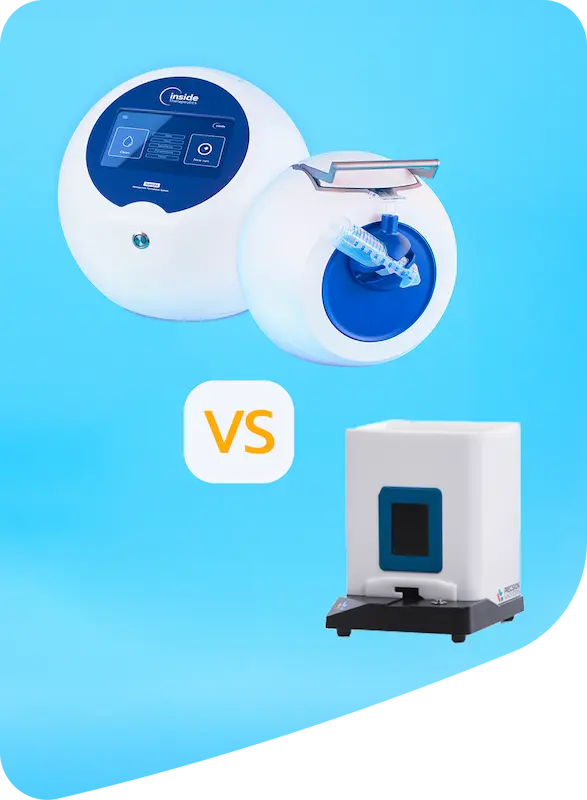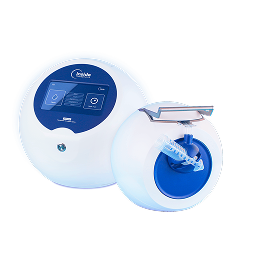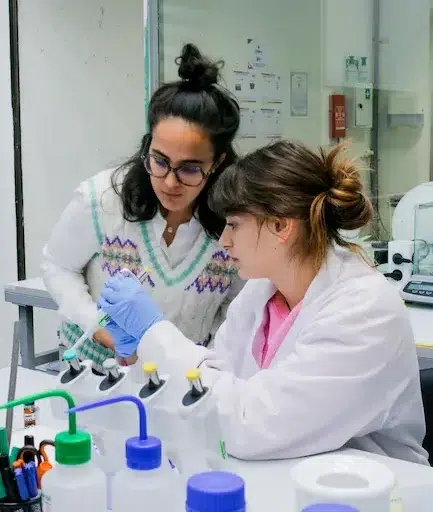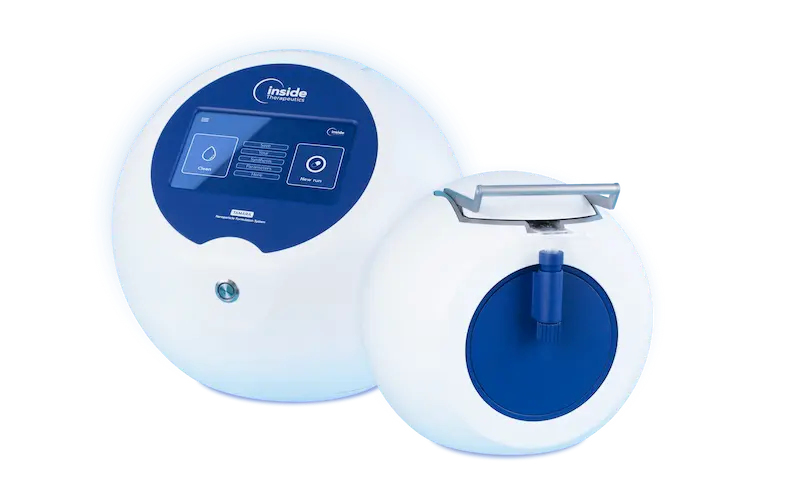TAMARA vs Spark for LNP Formulation
Looking for the best low volume microfluidic-based nanoparticle or RNA-LNP formulation system?
TAMARA by Inside Therapeutics and Cytiva Spark (former Precision Nanosytems) are both excellent options. Let’s compare their key features to help you decide.

TAMARA & Spark comparison table
Why Choose TAMARA Over Spark?
Control of Formulation Conditions
TAMARA gives you precise control over formulation parameters, including Total Flow Rate (TFR) and Flow Rate Ratio (FRR), allowing you to tailor processes exactly to your requirements. In contrast, Spark only allows you to work with preset conditions without independant control of TFR & FRR.
Versatile Application: Low to Large Volumes
TAMARA supports volumes as low as 0.2 mL and up to 30 mL, making it perfect for early-stage studies, screening, in vitro, and in vivo applications. Instead the Cytiva Spark with a maximum volume of 480µL can be limited for larger scale applications.
Cost-Effective
TAMARA’s reusable microfluidic chips significantly lower the cost per run, while Spark LNP is only provided with disposable chips.
Why Choose Spark Over TAMARA?
Very Low Volume Formulation
Cytiva Spark allows for the formulation down to few 10s of µL, instead TAMARA lower capabilities is ~200µL
Still not sure which RNA-LNP formulation system to use?
Check this comment from one of the TAMARA Users
Hear from Our Users

Want to try it?
Contact us
TAMARA vs Spark: Key takeaways:
- Choose TAMARA if you need a system that covers all the R&D development steps, with control over your formulation conditions, and a lower cost per run. It’s perfect for researchers working with small volumes or requiring versatility across applications.
- Choose Spark if you prioritize <200µL formulation capabilities and can accommodate the higher operational costs.

Looking to learn more about TAMARA?
Reach out to us to learn how we can help!

